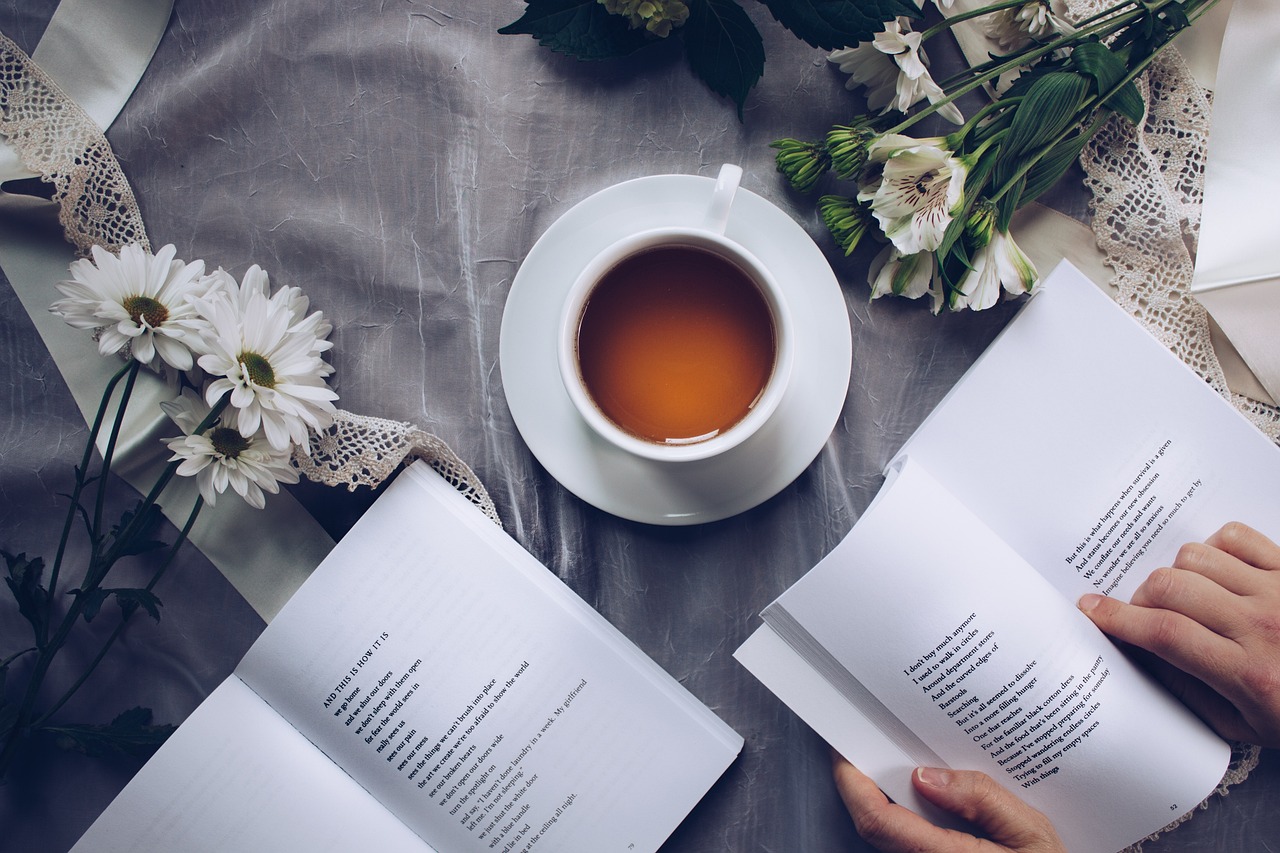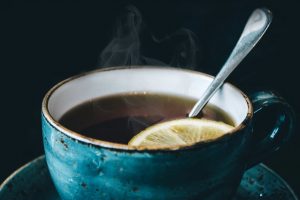Menstrual cramps and irregular cycles can be debilitating for many women, affecting their daily lives and overall well-being. Fortunately, there are natural remedies that can help alleviate these symptoms, such as herbal teas. Here, we explore the best teas that are known for their ability to relieve menstrual cramps and regulate menstrual cycles.
Understanding Menstrual Cramps and Irregular Cycles
Before diving into specific teas, it’s crucial to understand why menstrual cramps and irregular cycles occur. Menstrual cramps, known medically as dysmenorrhea, happen when the uterus contracts to help shed its lining. Prostaglandins, hormone-like substances involved in pain and inflammation, are typically responsible for these contractions. Higher levels of prostaglandins are associated with more severe cramps.
Irregular menstrual cycles can occur due to various factors, including stress, hormonal imbalances, dietary deficiencies, and underlying health conditions like polycystic ovary syndrome (PCOS). Addressing these root causes can often improve symptoms significantly.
1. Chamomile Tea
Chamomile tea is well-known for its calming properties, making it an excellent choice for easing menstrual cramps. It helps relax the uterus muscles, reducing the intensity of cramps. Additionally, chamomile tea can also help regulate menstrual cycles by promoting hormonal balance. The soothing nature of chamomile tea can provide relief not only physically but also emotionally during menstruation, promoting a sense of calm and well-being.
Brewing Tips for Maximum Benefit
- Use two teaspoons of dried chamomile flowers per cup of boiling water.
- Let it steep for about 5-10 minutes for a more potent brew.
- Add a teaspoon of honey for additional soothing benefits.
Personal Insight
Sarah, a 30-year-old marketing executive, found that replacing her afternoon coffee with chamomile tea not only reduced her anxiety levels but also significantly alleviated the severe cramps she experienced monthly.
2. Ginger Tea
Ginger tea is a powerful anti-inflammatory agent that can effectively reduce menstrual cramps. It works by inhibiting the production of prostaglandins, which are responsible for causing inflammation and pain during menstruation. Drinking ginger tea regularly can also help regulate menstrual cycles and promote a healthy flow. Ginger tea is also known for its digestive benefits, aiding in overall gut health and reducing bloating that often accompanies menstruation.
How to Make the Perfect Ginger Tea
- Slice fresh ginger root into thin pieces; about a tablespoon per cup.
- Boil the slices in water for at least 10 minutes.
- Strain and add lemon or honey to taste.
Real Example
A study published in the Journal of Alternative and Complementary Medicine found that women who took ginger capsules reported a significant reduction in menstrual pain compared to those who did not.
3. Raspberry Leaf Tea
Raspberry leaf tea is a popular herbal remedy for menstrual cramps and irregular cycles. It contains fragarine, a compound that helps tone the muscles of the uterus, reducing cramps. Moreover, raspberry leaf tea is rich in nutrients that support hormonal balance, aiding in regulating menstrual cycles. Apart from its benefits for menstrual health, raspberry leaf tea is also believed to strengthen the uterine lining, potentially improving fertility in some women.
Nutrient Content and Benefits
- Rich in vitamins C, E, A, and B complex, along with minerals like magnesium, potassium, and calcium.
- These nutrients are crucial for hormonal health and can help mitigate PMS symptoms.
4. Peppermint Tea
Peppermint tea is known for its soothing properties, making it a great choice for relieving menstrual cramps. It helps relax the muscles of the uterus, reducing pain and discomfort. Peppermint tea also has a cooling effect, which can help alleviate hot flashes and mood swings associated with hormonal fluctuations. Additionally, the refreshing taste of peppermint tea can uplift the spirits and provide a much-needed energy boost during times of menstrual discomfort.
Practical Use Case
For those who experience nausea during menstruation, peppermint tea can double as a digestive aid, soothing the stomach and reducing feelings of queasiness.
5. Dandelion Tea
Dandelion tea is a diuretic that can help reduce bloating and water retention during menstruation. By promoting urine production, dandelion tea can relieve pressure on the uterus, easing cramps. It also supports liver health, which is crucial for hormonal balance and regulating menstrual cycles. In addition to its benefits for menstrual health, dandelion tea is a rich source of antioxidants, supporting overall detoxification and promoting clear skin.
Liver Health and Hormonal Balance
The liver plays a significant role in metabolizing hormones. A healthy liver ensures that excess hormones are processed efficiently, reducing the likelihood of imbalances that could lead to irregular cycles.
6. Cinnamon Tea
Cinnamon tea is renowned for its ability to alleviate menstrual cramps due to its anti-inflammatory and antispasmodic properties. It helps in reducing the contraction of uterine muscles and the severity of cramps. Regular consumption of cinnamon tea can also aid in regulating menstrual cycles and reducing heavy menstrual bleeding. Its warming properties provide comfort and relief during the cold days of menstruation, making it a soothing beverage for those challenging days.
Recipe for Relief
- Use a stick of cinnamon or a teaspoon of ground cinnamon in boiling water.
- Allow it to simmer for 10 minutes.
- Sweeten with honey or a splash of milk for a comforting drink.
Case Study
In a small clinical trial, women who consumed cinnamon tea reported a 50% decrease in menstrual pain compared to those who took a placebo.
7. Fennel Tea
Fennel tea, with its antispasmodic properties, can be highly effective in relieving menstrual cramps. It works by relaxing the smooth muscles in the uterus, thereby alleviating pain. Fennel tea can also help in regulating hormonal activity, contributing to more regular menstrual cycles. Additionally, its ability to reduce bloating and improve digestion makes it a favorable choice during menstruation.
Preparing Fennel Tea
- Crush a teaspoon of fennel seeds slightly.
- Boil them in water for 5-7 minutes.
- Strain and enjoy with lemon or honey.
8. Green Tea
Green tea, rich in antioxidants, can be beneficial for menstrual health due to its anti-inflammatory properties. It can help in reducing the intensity of menstrual cramps and promoting overall well-being during periods. Regular consumption of green tea may also contribute to hormonal balance, aiding in the regulation of menstrual cycles. Moreover, its energizing effect can help combat fatigue often experienced during menstruation.
The Power of Antioxidants
The catechins in green tea not only reduce inflammation but also support the body’s overall resilience against oxidative stress, which can exacerbate menstrual symptoms.
9. Lemon Balm Tea
Lemon balm tea is known for its calming effects, which can be particularly beneficial for those experiencing menstrual cramps and mood swings. It helps in relaxing the body and mind, reducing stress and anxiety that can exacerbate menstrual symptoms. Lemon balm tea can also aid in alleviating digestive discomfort, which is a common complaint during periods.
Stress Reduction
Mental stress can worsen physical symptoms, so incorporating lemon balm tea into a daily routine can help create a more balanced approach to managing menstrual health.
10. Nettle Tea
Nettle tea is packed with vitamins and minerals that are essential for women’s health, especially during menstruation. Its anti-inflammatory properties help in easing cramps and reducing menstrual pain. Nettle tea can also aid in replenishing lost nutrients during menstruation, supporting overall energy levels and well-being. Additionally, its diuretic properties can help in reducing bloating and water retention associated with menstrual cycles.
Nutritional Profile
- High in iron, which is beneficial for replenishing blood loss during menstruation.
- Contains vitamins A, C, K, and several B vitamins, all of which support hormonal health.
Integrating Herbal Teas into Your Routine
To maximize the benefits of these herbal teas, consider integrating them into your daily routine. Start with a cup in the morning to set a calming tone for the day, and enjoy another in the evening to unwind. Remember, consistency is key, and while herbal teas can provide significant relief, they work best as part of a holistic approach to health.
Common Mistakes and How to Avoid Them
- Overconsumption: While these teas are beneficial, consuming them in excess can lead to unwanted side effects. Stick to 2-3 cups per day unless advised otherwise by a healthcare provider.
- Ignoring Allergies: Always check for potential allergies, especially with herbs like chamomile and nettle.
- Lack of Consistency: Sporadic use may not provide the desired benefits. Incorporate these teas into your routine regularly.
- Relying Solely on Teas: While helpful, herbal teas should complement, not replace, other healthy lifestyle practices such as a balanced diet and regular exercise.
By incorporating these teas into your daily routine, you can effectively manage menstrual cramps and promote a healthy menstrual cycle. Remember to consult with a healthcare provider before trying any new herbal remedies, especially if you have underlying health conditions or are taking medications. Taking a holistic approach to menstrual health by incorporating these teas alongside a balanced diet and regular exercise can further enhance their benefits and support overall well-being.




